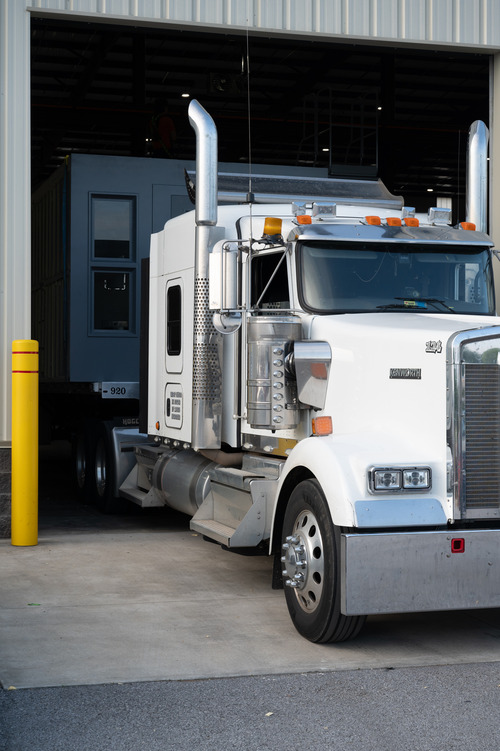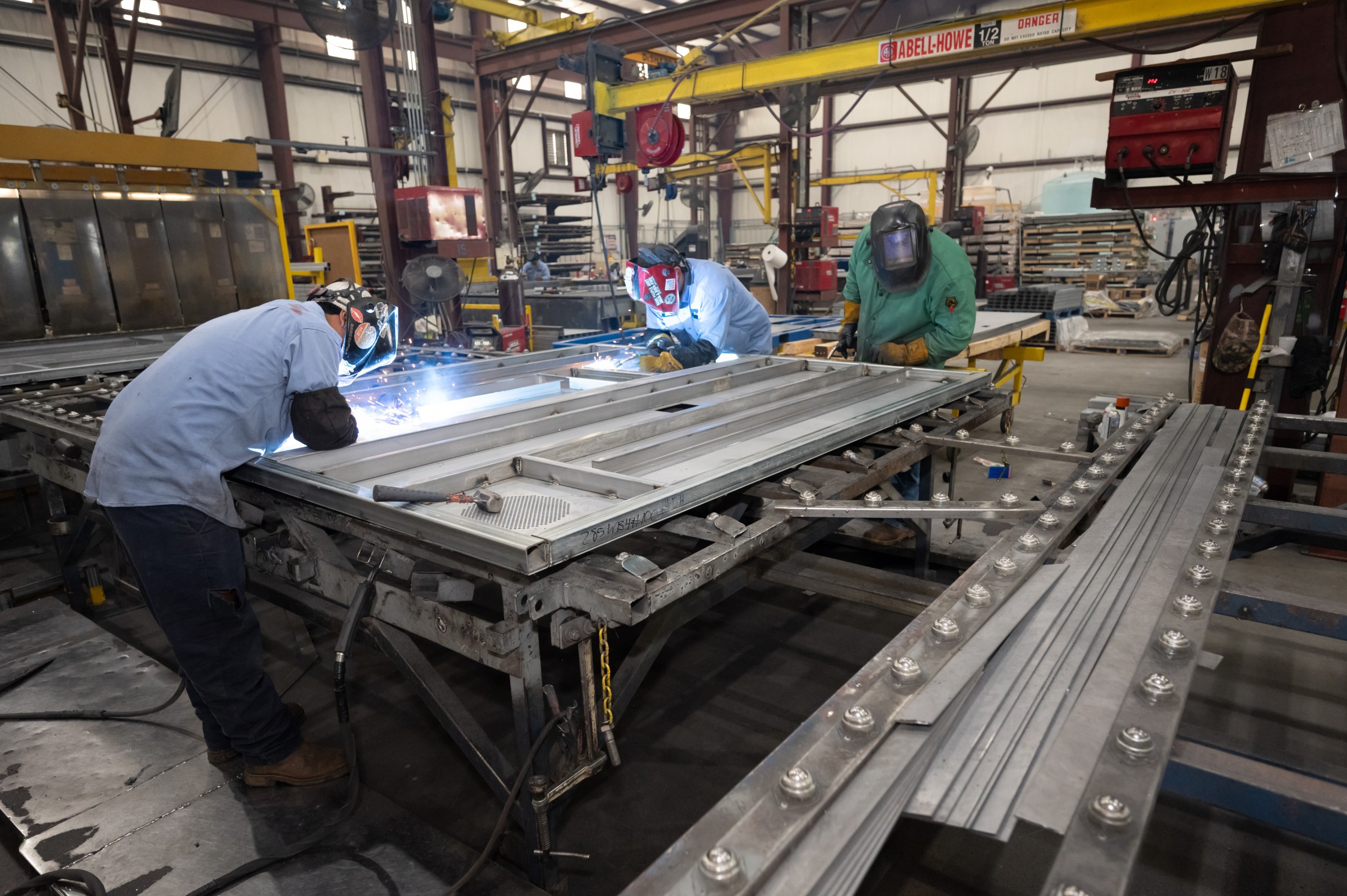Thumb Turn Locks in Prison Systems: Enhancing Security and Access Control
Thumb turn locks are a critical component of many prison systems. These locks are the standard solution in Canada and allow guards and staff to secure cells quickly and easily, ensuring that inmates remain safely confined. Thumb turn locks are designed to be both simple to use and highly secure.
In prison environments, the reliability of security systems is paramount. Thumb turn locks offer a straightforward mechanism that reduces the chance of operational errors.
Guards can lock or unlock a cell with a simple turn, providing both efficiency and safety in high-pressure situations.
The maintenance of these locks is also relatively simple, minimizing downtime and repair costs. This makes thumb turn locks an attractive option for correctional facilities aiming to balance security needs with budget constraints.
Key Takeaways
- Thumb turn locks are simple and secure.
- They are reliable in high-security environments.
- Maintenance is straightforward, reducing costs.
Overview of Thumb Turn Locks
Thumb turn locks offer both security and convenience. These locks are widely used and have various types and mechanisms suited for different needs.
Definition and Functionality
Thumb turn locks are a type of locking mechanism where a thumb turn, or a small knob, allows easy locking and unlocking from one side without a key. Often, they are used on the inside of doors to provide quick access and ensure privacy or security without needing a key for operation.
These locks are often combined with other locking systems. For example, in a double-cylinder deadbolt setup, the thumb turn is on the inside, while a keyed entry is on the outside. Such configurations are common in homes, apartments, and specific institutional settings like hospitals or prisons.
Types and Mechanisms
Thumb turn locks come in various types, each suited to different needs.
Mechanisms vary from simple rotating cams to more complex gear systems in higher-security models. These mechanisms determine the lock’s strength and durability, making them suitable for different security levels.
Application in Prison Systems
Thumb turn locks play a pivotal role in prison security. They are strategically placed and integrated with advanced systems to ensure safety and control.
Placement and Purpose
Thumb turn locks are commonly installed in key areas such as cell doors, control rooms, and segregation units. They offer a quick manual locking mechanism that can be used by authorized staff.
The main benefit of these locks is their robust mechanical design, which prevents tampering by inmates. Facilities prioritize these locks because they are reliable in emergencies.
Strategic placement ensures the safety of both staff and inmates.
The ease of manual operation allows guards to secure areas swiftly during lockdowns or critical incidents. For example, locks by companies like Midwest Portland are widely used for their high security and reliability.
Access Control Integration
Thumb turn locks seamlessly integrate with electronic access control systems. This combination provides layers of security.
Key card systems, biometric scans, and other digital methods work alongside these mechanical locks.
Integration is crucial in high-security environments where controlling access is paramount.
Monitoring systems track the usage of thumb turn locks, offering real-time data. This information helps in managing security parameters effectively.
This mixture of manual and electronic systems creates a highly secure environment. Advanced locking systems ensure that unauthorized access is nearly impossible. This balance of technology and traditional mechanics strengthens overall prison security.
Security Considerations
Thumb turn locks used in prison systems emphasize tamper resistance and well-defined emergency protocols. Both aspects are crucial to maintaining the safety and security of the facility.
Tamper Resistance
Thumb turn locks in prisons need to be robust. Tamper-resistant features include:
- Reinforced materials: Strong metals to resist cutting or drilling.
- Anti-pick mechanisms: Complex pin systems to prevent picking.
- Secure installation: Locks should be mounted in a way that makes them hard to remove.
Other methods like continuous monitoring through security cameras and regular inspections by staff are also important. These measures ensure that any tampering attempts are quickly identified and dealt with.
Emergency Protocols
In emergencies, quick access to locked areas is critical. Emergency protocols include:
- Electronic override systems: Used to unlock doors instantly if needed.
- Training drills: Regular training ensures staff can respond to emergencies effectively.
These protocols help prevent chaos during incidents like fires or inmate riots, ensuring the safety of everyone involved. Recognizing these systems and their importance can make a significant difference in managing prison security effectively.
Maintenance and Reliability
Regular upkeep is vital for thumb turn locks in prison settings. Their robustness also plays a critical role, ensuring safety over time.
Regular Maintenance Procedures
Thumb turn locks need regular checks to stay in good condition. Maintenance crews often inspect these locks weekly.
They look for signs of wear and tear, like rust or loose parts. Lubrication is usually applied to keep the lock parts moving smoothly.
Any dirt or debris inside the lock can cause it to jam, so cleaning is part of routine maintenance.
Detailed records are kept for each lock. This helps track any recurring issues and plan for replacements if needed.
Maintenance teams use standardized checklists to ensure no steps are missed, ensuring the locks remain functional.
Longevity and Durability
Thumb turn locks are built to last but need proper care. They are usually made from high-strength materials like hardened steel. This helps them resist tampering and wear.
Despite their durability, they are still susceptible to environmental factors. For instance, locks can corrode in humid conditions.
Regular assessments help extend their lifespan. Upgrading parts like the internal mechanisms can also boost durability.
These locks are often designed to withstand frequent use, which is common in prison settings. Routine inspections and timely repairs are key to ensuring they remain reliable.



